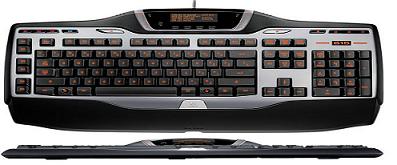Log Me In
With this utility, you can access your computer from anywhere, as long as you’ve got Internet access. It is totally free to use.
FileZilla
This is an excellent FTP client. With it you can remotely download/upload files from an FTP site, create directories and configure multiple FTP logins.
DirLock
Ever wanted to protect a directory with a password without buying expensive software? Well, here you go: DirLock is free and works like a charm.
DAEMON Tools
Tired of cd swapping? Store your ISO’s on your pc and open it in a virtual CD/DVD – ROM environment.
FlashGet
Flashget is a download manager that can even download torrents.
WinRAR
WinRAR is a compression utility that supports various formats like ZIP and RAR
Jellybean Keyfinder
Ever had the problem where you forgot which Windows/Office product key is installed on which computer? You do not have to guess any longer – Keyfinder will reveal the product key for Windows or MS Office!
MalwareBytes
Must be the best malware remover I have ever come across. (That includes Spybot Search and Destroy) Hint: Just run a quick scan.
